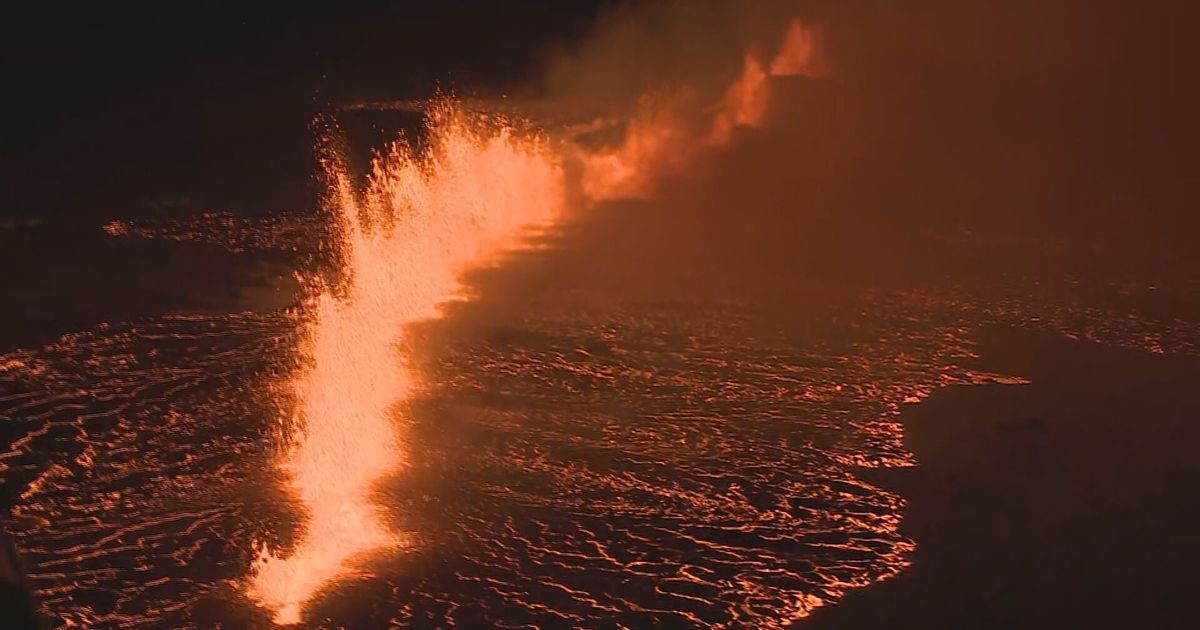168
Eruption on Reykjanes Peninsula - RÚV.is
www.ruv.isAn eruption started between Sýlingarfell and Hagafell at 10pm. An earthquake swarm started in the magma intrusion north of Grindavík around one hour earlier.There is a risk of lava flowing to Grindavík, says Kristín Jónsdóttir of the Icelandic Met Office.The worst possible location, say Þorvaldur Þórðarson and Benedikt Ófeigsson.Civil Defence emergency level declared.The fissure is still getting longer and has grown to about 3.5 kilometres.The flow of lava in the eruption is many times higher than the eruptions of recent years on the Reykjanes Peninsula.The police chief in Suðurnes says that no one should be in danger.Reykjanesbraut has been closed and people are asked to evacuate it.



You have either
plutonicorbasalticvolcanoes. This is a quietplutonicone : it’s lava flows without explosions, so, there could be much worse scenarios. But still, it is a big one.Edit : My use of “plutonic” might be outdated or wrong : I think this is the old way it was described, but today, I cannot find a reference to support it.
It’s all about how much silica is in the lava - not much and you have basalt, fairly runny so the gas escapes and you get fire fountaining and lava flows. More silica gives you very viscous lava like rhyolite or andesite - traps the gases, far more explosive and dangerous eruption styles.
You are right
…and my use of “plutonic” is either outdated or plainly wrong.
I found this for anyone who wants to read more :
https://en.m.wikipedia.org/wiki/Lava
“Properties of lava”
The one a few years ago that stopped flights in Europe was a basaltic one?
The difference there was that it came up under the glacier Eyjafjallajökull and the magma meeting ice caused steam explosions throwing ash and other material high in the air.
Oups, maybe this is an outdated terminology : I couldn’t find any references to support it. Please read my other comments and “edit” around here.